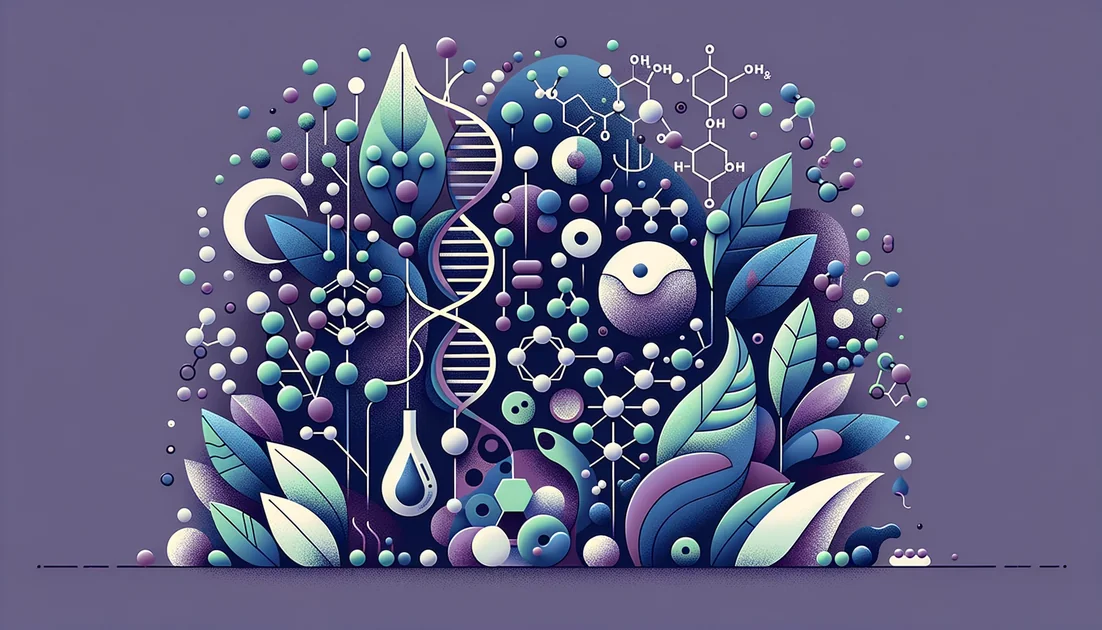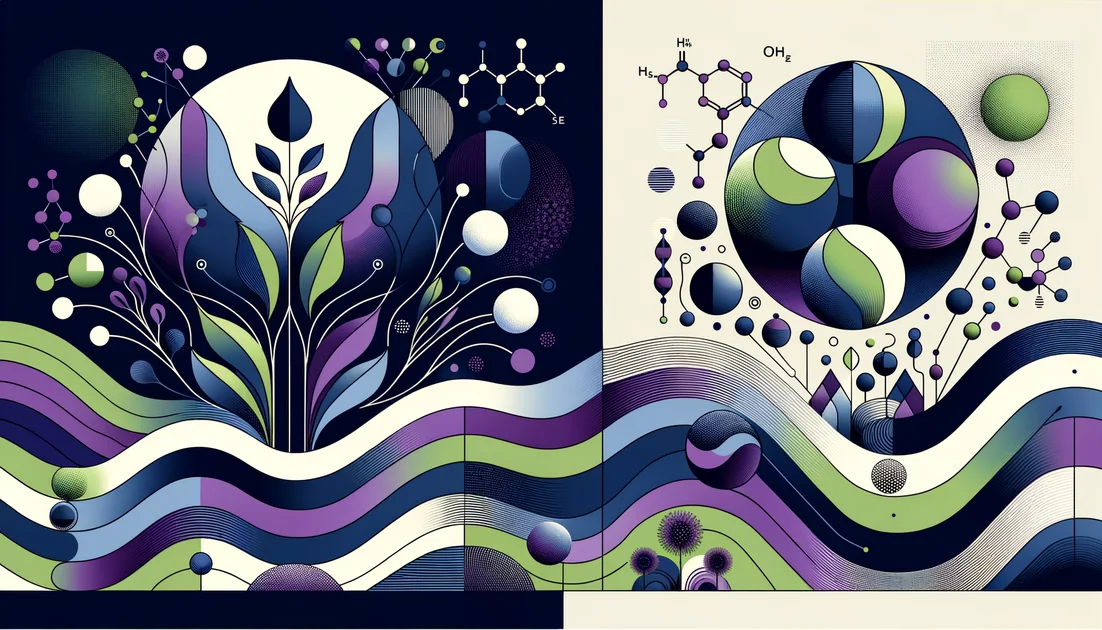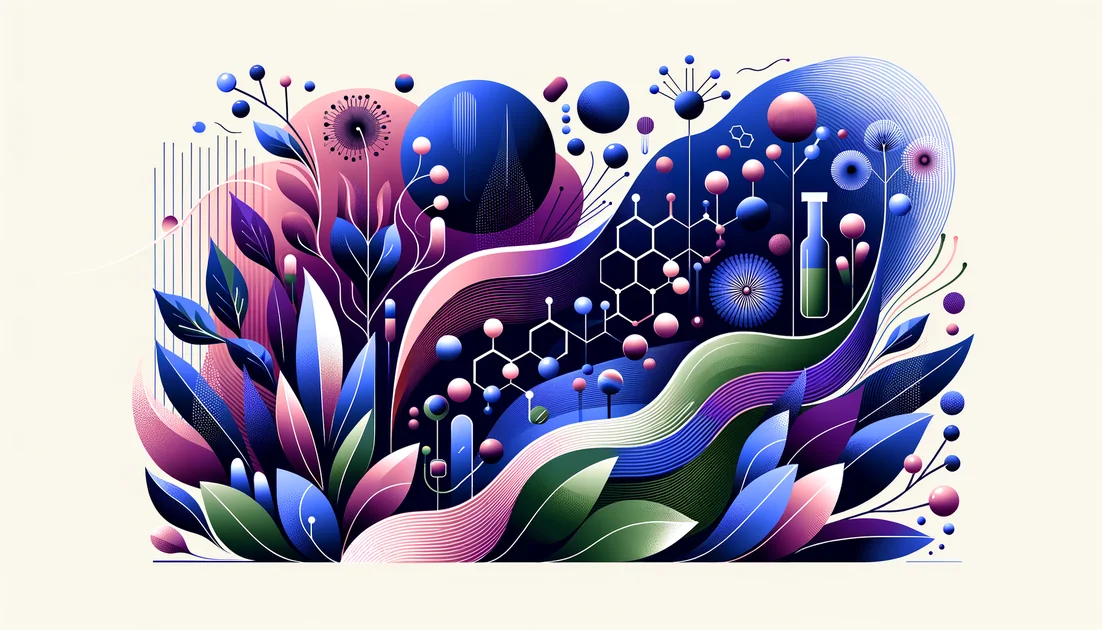
From Bread Yeast to Biohacking: How NAD+ Went From Pellagra's Cure to a Candidate for Better Walking in Old Age
A century ago, a mysterious rash and dementia swept the American South. The cure hid not in a pharmacy but in bread flour. Today, the same molecular currency that quietly powered those loaves—NAD+—is at the center of a new, more complicated story.
- Evidence
- Promising
- Immediate Effect
- Within hours (biochemical increases; not necessarily symptomatic). → 3-6 months for functional outcomes in PAD; NAD+ level rises within weeks.
- Wears Off
- Likely within 2–6 weeks after stopping (based on trial washouts; limited direct data).
The molecule that made beer—and a revolution in medicine
In the early 1900s, scientists cracking the chemistry of fermentation noticed something uncanny: yeast extracts would only fizz when a heat-stable "helper" teamed up with fragile enzymes. That helper was eventually purified and named nicotinamide adenine dinucleotide—NAD+—a tiny shuttle that ferries electrons so life's reactions can run. For their work mapping this world, Arthur Harden and Hans von Euler-Chelpin won the 1929 Nobel Prize, cementing NAD+ as a backstage star of metabolism.[1]
When a missing cofactor became a national emergency
"Pellagra"—dermatitis, diarrhea, dementia—killed tens of thousands in the United States. Public-health physician Joseph Goldberger defied dogma to show it wasn't an infection but a diet problem. Fortifying staple flours with niacin, a B3 vitamin the body turns into NAD+, helped erase pellagra from the U.S. within a decade—a rare, quiet triumph of nutrition policy. (Indigenous nixtamalization of corn, an alkaline process that frees niacin, had protected communities for centuries.)[2][3]
What NAD+ actually does—without the jargon
Think of NAD+ as a courier that moves tiny packets of electrical charge between enzymes. That power keeps the cellular "power plants" humming—and also feeds repair crews that patch DNA and manage stress signals. When NAD+ runs low in certain tissues, repairs slow, energy flags, and cells cope poorly with damage. Modern reviews celebrate NAD+ as central to these jobs but also warn that we still don't fully understand how best to raise it safely in people.[13][14]
Can you raise NAD+ in humans—and does it matter?
Here the story gets interesting. In older adults, oral nicotinamide riboside (NR), a form of B3, reliably raises NAD+ in blood and some tissues. In a crossover study, NR increased muscle NAD+ metabolites within 21 days and dialed down inflammatory signals.[19] In a separate trial, neuron-derived vesicles in blood carried higher NAD+ after six weeks of NR—suggesting the brain 'feels' it too.[7] One imaging study even captured a bump in brain NAD+ four hours after a single 900 mg dose.[8] Raising NAD+ is one thing; changing how people function is another. In 2024, a six-month, randomized, double-blind trial in 90 people with peripheral artery disease—an oxygen-starved-legs condition that makes walking painful—found that 1,000 mg/day of NR improved six-minute walk distance versus placebo. Among adherent participants, the advantage was roughly 30 meters—a difference clinicians consider meaningful. "Few therapies have been identified to improve walking impairment in people with peripheral artery disease," said study leader Mary McDermott, who noted the benefit rivaled supervised exercise in adherent patients.[4][5] Co-author Christiaan Leeuwenburgh called it "a signal that nicotinamide riboside could help these patients."[6]
The twist: NAD+ boosters don't always move the needle
Other trials have been more muted. NR has repeatedly raised NAD+ yet shown mixed effects on physiology—no cognitive change over 10 weeks in older adults with mild cognitive impairment,[10] and inconsistent cardiovascular outcomes across small studies.[9] With nicotinamide mononucleotide (NMN), a 10-week trial in postmenopausal women with prediabetes found improved muscle insulin sensitivity at 250 mg/day but no changes in liver fat, blood lipids, or circulating glucose and insulin. The paper drew a sharp published critique from biochemist Charles Brenner, who argued baseline liver fat imbalance made it "not an effectively randomized trial."[11][12] Even the premise that "NAD+ always declines with age" has been challenged. A 2022 review found human data uneven across tissues, urging caution against blanket claims.[17] In short: NAD+ biology is context-dependent.
Safety, nuance, and a cautionary animal signal
High-dose niacin is an old drug with known side effects (flushing; potential liver enzyme elevations), so medical guidance is essential if using niacin as a therapeutic NAD+ booster.[20] For NR and NMN, short-term trials report good tolerability, but the field is still learning where and for whom benefits appear. One provocative mouse study used a new bioluminescent probe to track NR uptake and reported more brain metastases in a highly aggressive breast cancer model with NR supplementation—a finding that urges caution for people with active cancers until human data are clearer.[18] At the same time, a small human study in a rare mitochondrial myopathy used clinician-supervised niacin (up to 1,000 mg/day) to correct a proven NAD+ deficiency, improving muscle strength and reducing liver fat—an example of targeted use when deficiency is documented.[15]
What this means for you
If you're healthy and curious, the clearest lesson is that NAD+ is not a magic switch but a resource manager. In people whose tissues are under energetic strain—like legs starved for oxygen in peripheral artery disease—topping up the NAD+ pool with NR may help those tissues do their jobs, one more lap down the hallway at a time.[4][5] In other settings—memory, everyday vitality—the science remains a work in progress, and over-promising helps no one.[10][13][14]
How to think about trying it
In clinical trials that showed functional gains, NR was taken daily for months (1,000 mg/day; often in split doses). Benefits emerged by three months and were sustained at six in adherent participants.[4]
Biochemical changes can happen quickly (hours to weeks), but meaningful performance changes tend to take weeks to months. Stopping likely lets levels drift back over weeks, as suggested by crossover washouts.[8][19]
If you have cancer now—or a strong personal history—speak with your oncologist before using NAD+ boosters, given animal signals and the metabolic demands of tumors.[18]
If you and your clinician suspect true NAD+ deficiency from a defined disease (e.g., mitochondrial myopathy), supervised niacin therapy—not over-the-counter experiments—belongs in medical care.[15][20]
A circle back to the bread aisle
NAD+ history began with yeast vats and a public-health crusade that put niacin into bread so children wouldn't lose their minds to pellagra. Today, the questions are subtler: Not "Does NAD+ matter?" but "Where, when, and for whom does more NAD+ help?" The answers are emerging—one careful trial, one measured quote, one extra 30 meters at a time.[1][3][4]
Key takeaways
- •NAD+ is the metabolic cofactor first spotlighted in fermentation science and later central to solving pellagra, anchoring its role in cellular energy and repair.
- •In peripheral artery disease, NR at 1,000 mg/day over 6 months improved six-minute walk distance, with stronger effects among adherent participants.
- •Oral NR can raise NAD+ in brain-related measures within weeks to hours, suggesting central availability, though functional outcomes are still emerging.
- •NMN at 250 mg/day improved muscle insulin sensitivity in prediabetic women but left other risk markers unchanged and drew criticism for baseline imbalances.
- •Practical use in studies: NR 500 mg twice daily for 6 weeks to 6 months; expect biochemical changes in days–weeks and functional signals by 3–6 months.
- •Cautions: high-dose niacin requires medical oversight due to flushing and liver enzyme elevations; those with active cancers should consult their oncologist before NAD+ boosters.
You might also like
Explore more of our evidence-led investigations, comparisons, and guides across every article style.

Pure Encapsulations
Practitioner-grade quality, opaque batch data: the Pure Encapsulations paradox

Theobromine vs TeaCrine (theacrine)
For smooth, long-lasting, low-stimulation energy, choose TeaCrine 100–200 mg in the morning; it shows sustained subjective energy without HR/BP spikes. Pick theobromine only if you want the mildest CNS effect and lowest "buzz," but expect little measurable energizing benefit. [1][2][7]

Best for hormone balance (perimenopause & menopause)
ERr 731 (rhubarb extract) — 4 mg daily — fast VMS relief [9]

Trimethylglycine (TMG, betaine)
In the 1860s, a sugar chemist sifting through beet molasses pulled out a strange, crystalline compound. Carl Scheibler named it after the plant itself—betaine—and unknowingly handed modern medicine a spare key for one of biology's busiest crossroads: the body's methyl traffic, where homocysteine builds up when the main route is blocked. [14]

Memory Stack With Real Clinical Data
Dual-core, theoretical synergy: both work on their own; together looks additive with plausible complementarity, but no direct human A+B head-to-head proof yet.

Tocotrienols
The stealthier cousins of vitamin E—built with springy tails that move differently in cell membranes and behave differently in your body.


